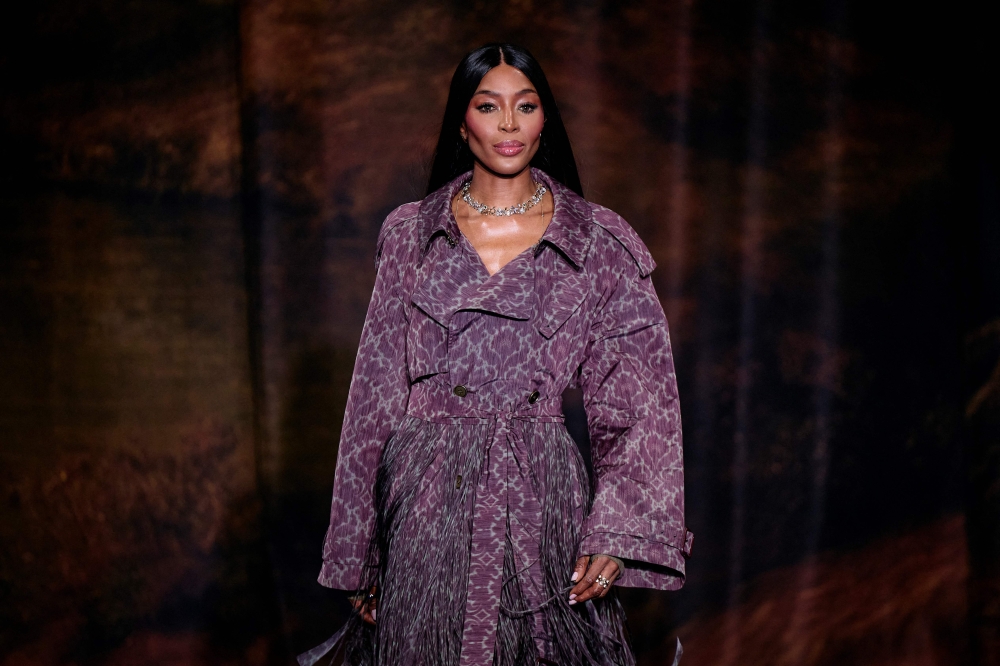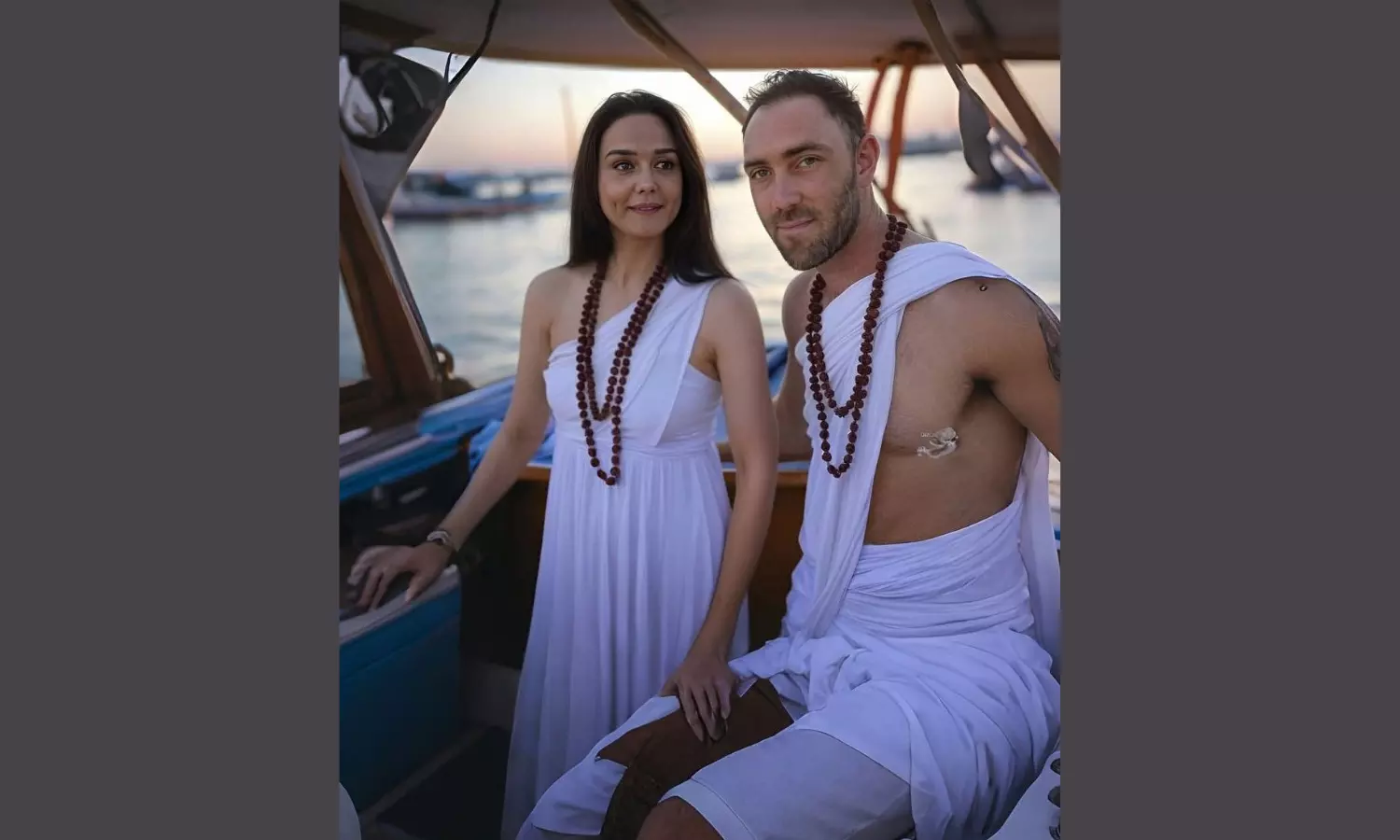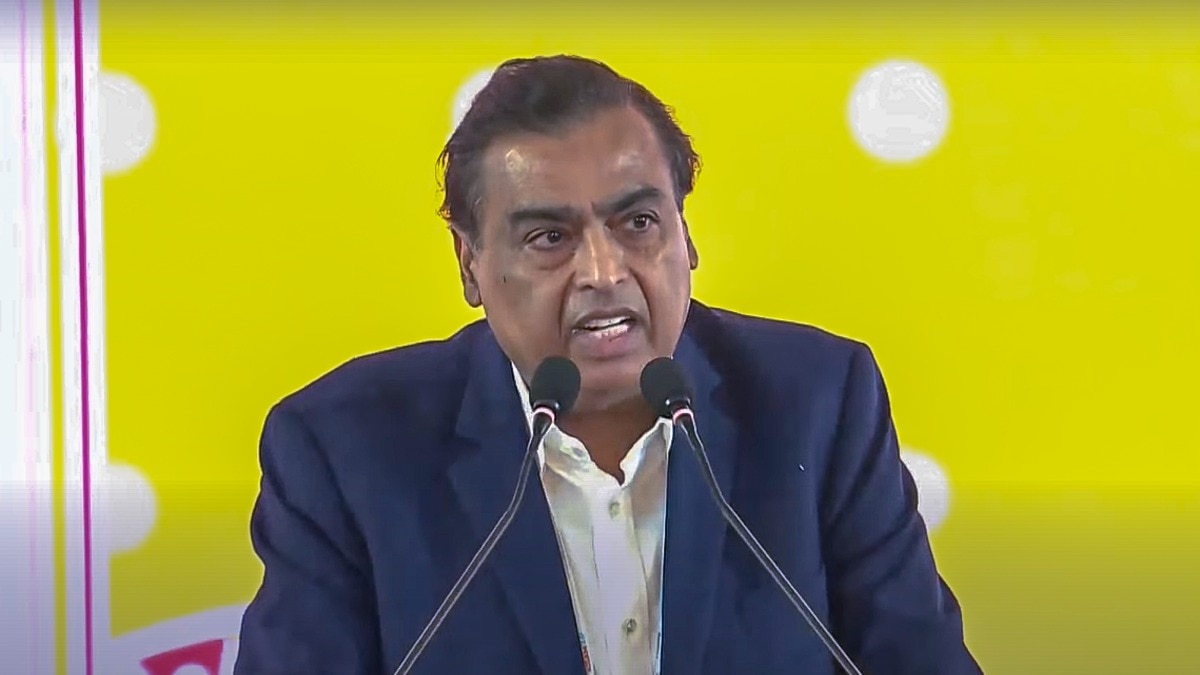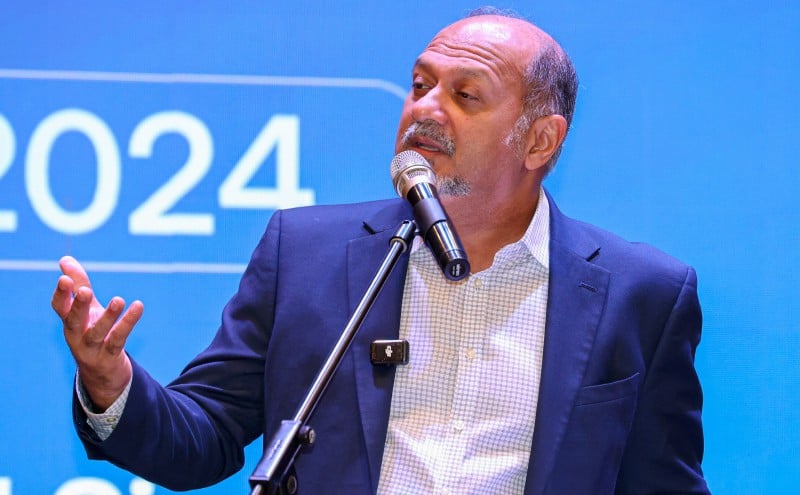Luxury brands are focused on a certain type of consumer in 2025. Recent years have seen the prices of luxury goods rise sharply, sidelining a critical group of shoppers—those with “aspirational” wealth, CNN reported . According to Aaron Cheris, a partner at Bain & Co.
, approximately 50 million potential customers were priced out of the market by 2024, as costs jumped by around 20 percent since 2021 amid an overall luxury slowdown . This shift has prompted luxury brands to rethink their strategies for attracting aspirational consumers—shoppers who purchase at least one luxury item annually and spend between $3,000 and $10,000 a year, as defined by McKinsey & Co. More from Robb Report One major brand responding to this shift is British luxury label Burberry.

Ahead of the holiday season, the brand adjusted its pricing structure to appeal to a broader audience, moving toward more accessible offerings. The company’s efforts proved successful; in December, Burberry experienced its first new customer growth in two years and saw a 4 percent rise in third-quarter store sales across the Americas, CNN reported. Aspirational consumers, who are often dealing with financial pressures like inflation or the threat of layoffs, typically spend around $274 billion annually, making them a key group brands, McKinsey noted.
Cheris added that luxury companies overestimated demand for higher-priced premium goods, resulting in many aspirational shoppers being priced out. However, brands can.



















